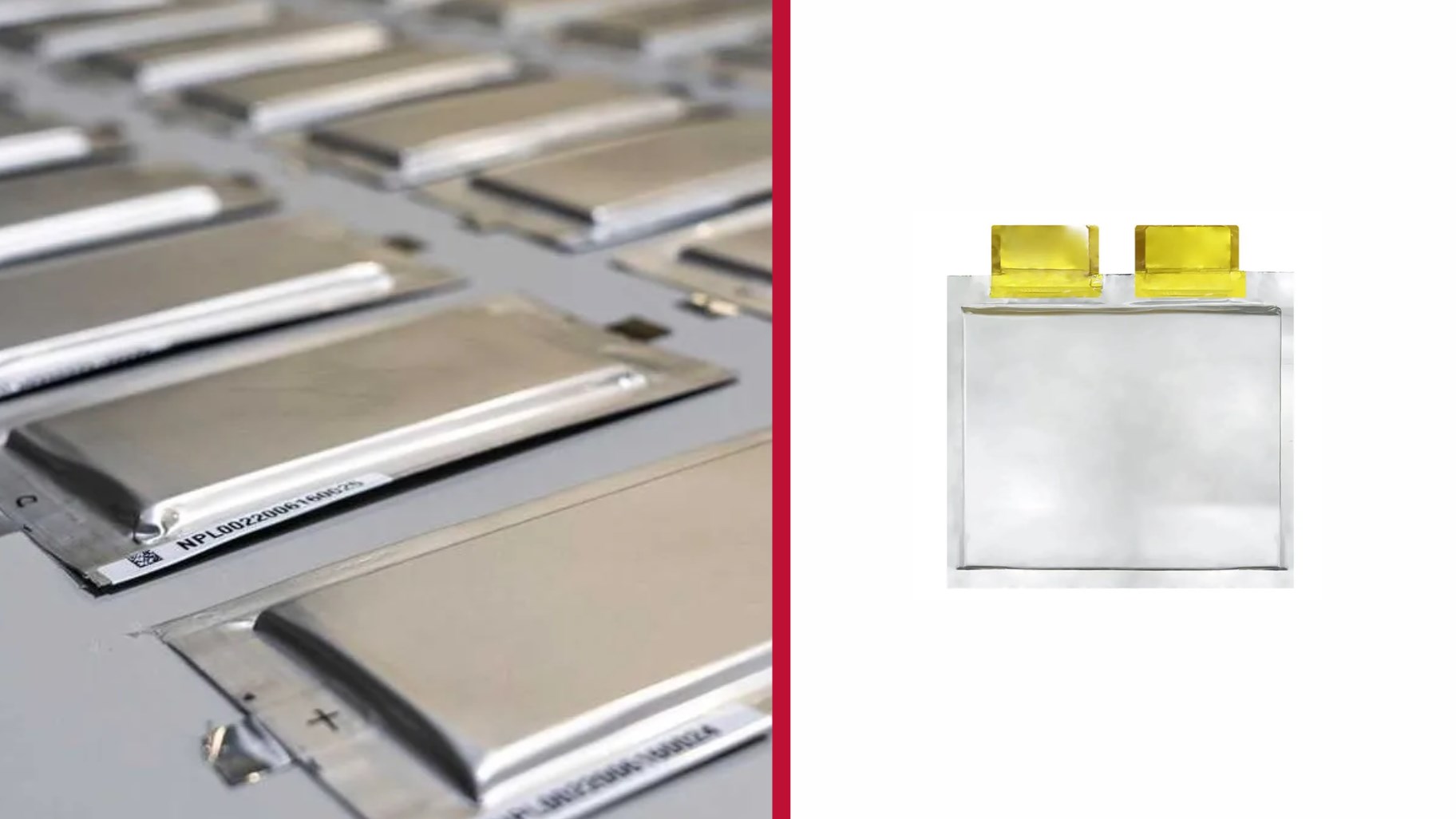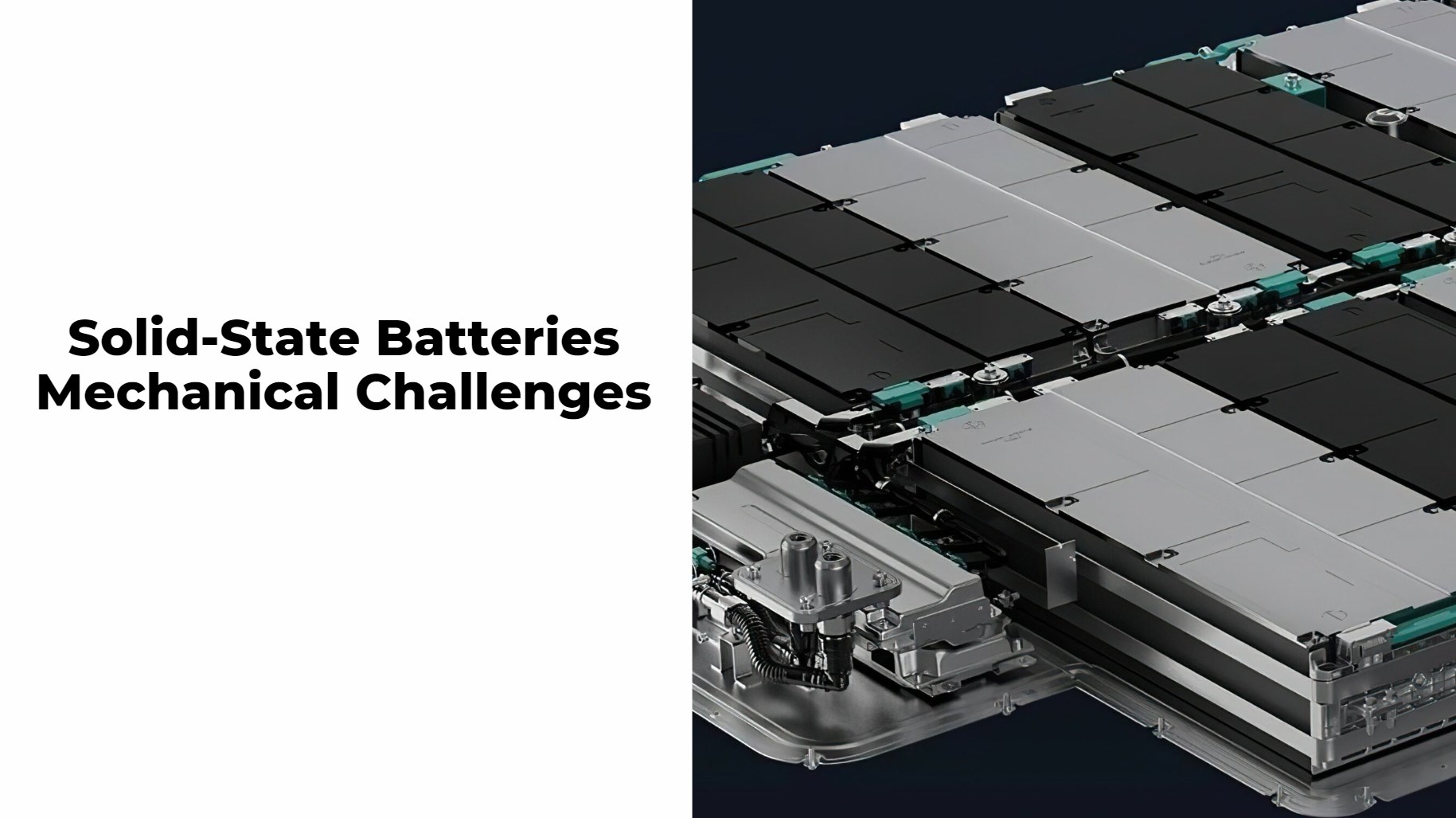Solid-state batteries (SSBs) are hailed as a transformative technology in energy storage, particularly for applications such as electric vehicles (EVs). Despite their promising advantages—such as higher energy density and improved safety—several technical challenges must be overcome to enable their widespread adoption and commercialization. This article explores these challenges in detail, focusing on the key areas of interfacial issues, mechanical challenges, ionic conductivity, cost and scalability, and long-term performance.
Solid-state battery development faces technical challenges such as finding suitable materials with high ionic conductivity and scaling up manufacturing processes without losing quality. Other hurdles include high material costs, ensuring stable interfaces between components, and establishing comprehensive testing standards for new designs as the industry evolves. This structured approach provides a detailed analysis of each section while addressing potential featured snippets effectively.
Interfacial Issues
Interfacial Resistance
A major technical challenge in solid-state batteries is the high interfacial resistance between the solid electrolyte and the electrodes. This resistance impedes the efficient transport of lithium ions across the interface, which can significantly reduce the overall efficiency and performance of the battery. Effective contact at these solid-solid interfaces is essential to enhance ionic conductivity and minimize energy losses during battery operation.
Interfacial Instability
The stability of the interface between the solid electrolyte and the electrodes is another critical issue. Chemical and electrochemical reactions at the interface can lead to the formation of a passivated layer. This layer further hinders lithium ion diffusion, resulting in capacity fading and reduced cycle life. Addressing interfacial instability is crucial for improving the reliability and longevity of solid-state batteries.
Mechanical Challenges
Mechanical Properties
The differing mechanical properties of solid electrolytes and active materials present significant challenges. During charge and discharge cycles, volume changes in the active materials can induce mechanical stress, leading to deformation, fatigue, and potential fracture of the battery components. These mechanical issues can affect the overall integrity and performance of the battery over time.
Pressure Requirements
Many solid-state batteries, especially those using ceramic electrolytes, require high pressure to maintain effective contact with the electrodes. This pressure requirement complicates both the manufacturing process and the integration of the batteries into devices. High pressure can also lead to mechanical stress and potential failure, making it a critical factor to address in battery design and production.
Ionic Conductivity
Fast-Conducting Electrolytes
The development of fast-conducting solid electrolytes is essential for the performance of solid-state batteries. Current solid electrolyte materials often do not provide sufficient ionic conductivity, which is necessary for high power applications. Researchers are actively seeking and developing new materials that can achieve ionic conductivities comparable to or better than those of traditional liquid electrolytes. Enhanced ionic conductivity is crucial for optimizing battery performance and efficiency.
Cost and Scalability
Manufacturing Costs
The high manufacturing costs associated with solid-state batteries pose a significant barrier to their widespread adoption. The production of solid-state batteries, particularly thin-film types, involves complex and expensive processes. Reducing these costs is essential for making solid-state batteries a viable option for mainstream applications, including electric vehicles.
Production Line Compatibility
Existing production lines for lithium-ion batteries may not be compatible with the manufacturing requirements for solid-state batteries. This incompatibility further complicates the transition to solid-state technology. Developing new manufacturing processes and adapting existing production lines will be crucial for scaling up the production of solid-state batteries and meeting market demand.
Long-Term Performance
Cycle Life and Stability
Ensuring the long-term performance and stability of solid-state batteries remains a challenge. Issues such as dendrite growth at lithium metal anodes and the long-term stability of solid electrolytes under operational conditions need to be addressed. Improving cycle life and stability is essential for enhancing the reliability and lifespan of solid-state batteries, making them more suitable for use in electric vehicles and other demanding applications.
Conclusion
While solid-state batteries offer significant potential benefits, including higher energy density and improved safety, overcoming these technical challenges is critical for their successful implementation. Addressing issues related to interfacial resistance, mechanical properties, ionic conductivity, cost, and long-term performance will be essential for advancing solid-state battery technology. Ongoing research and innovation in materials science, manufacturing processes, and battery design will play a crucial role in resolving these challenges and paving the way for the commercialization of solid-state batteries.




